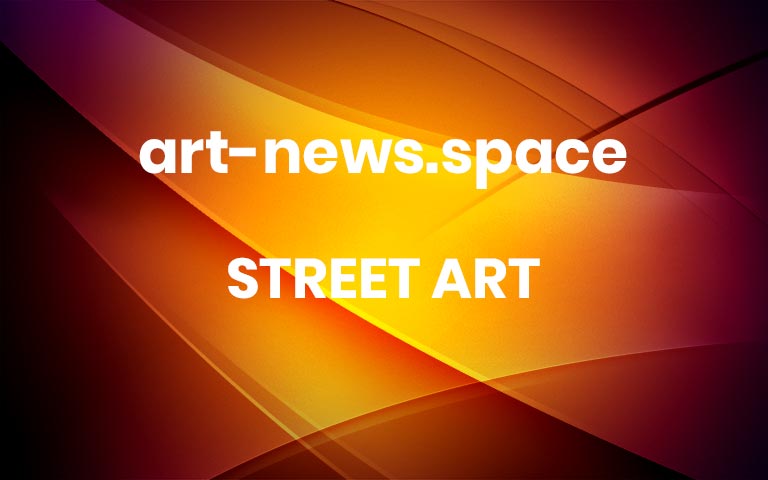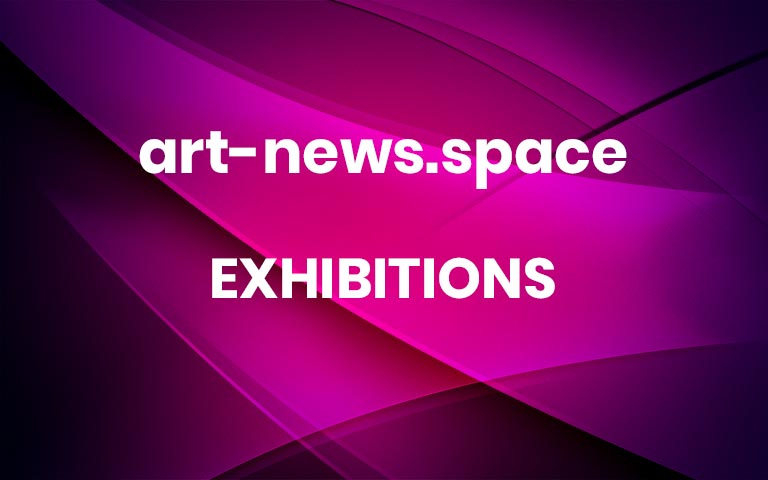The crema of the art-industry crop descended on the Most Serene Republic of Venice last week after three tumultuous years away. Suffice to say, the world has transformed dramatically since Cecilia Alemani was named curator of this most prestigious art show, and the vibe shift left many wondering how the Biennale would meet our collective moment.
But isn’t this the eternal Biennale quandary? How much should the real world penetrate the ivy-covered walls of the Giardini? And why, for that matter, are we still dealing with nation-state pavilions at all? What about countries with dismal human-rights records—should they be here toasting with us? Should we acknowledge the migrant crisis playing out in the same waters that pass through these opulent little canals?
These are urgent questions that are not easily answered. Yet this year, the national pavilions seemed to be somewhat united in a desire to tear themselves down—or, at least, to create some new conceptual ground zero to work from. In the Giardini, the cunning German artist Maria Eichhorn literally chipped away at her country’s Nazi-built architecture to reveal the smaller bones of a pavilion that had been covered up and revamped by Hitler’s government. She had previously attempted to slice the building into pieces and relocate it somewhere else—to the surprise of no one, this was not permitted by Biennale brass.
Maria Eichhorn, “Relocating a Structure,” the German pavilion at the 59th Venice Biennale 2022. © Maria Eichhorn / VG Bild-Kunst, Bonn 2022, photo: Jens Ziehe.
If dismantling the very foundation of the Biennale was on one artist’s agenda, Spaniard Ignasi Aballí looked to improve it. His subtle pavilion, called “Corrección” (“Correction”), saw the entire building’s walls shift by an angle of exactly 10 degrees in a sly critique of its squished, off-kilter placement in relation to its neighbors, Belgium and the Netherlands. Though it did not seem entirely political—and some visitors complained it felt like a parody of contemporary art—it was a disorienting and punk gesture (and serves as institutional critique). At the Swiss pavilion’s installation by Latifa Echakhch, it looked like there had been a house fire before anyone got there, and VIPs and press crunched around on wood chips and ash. Meanwhile, Tomo Savic-Gecan’s Croatia pavilion rejected the confines of a physical space entirely, staging so-subtle-as-to-be-almost-invisible performances in other countries’ pavilions three to five times a day instead.
One can sense artists’ frustration with being contained—by worn definitions, old structures, and dusty categories. In Alemani’s central exhibition “The Milk of Dreams,” there was a similar desire to break free—and the New York-based curator buttoned each section with historical proof that artists have been pushing this agenda for decades, despite many of them being excluded from the canon or choosing to operate outside the mainstream.
In contrast to Alemani’s expansive vision, the national pavilions, by way of their very structure, inevitably have to reflect a more old-fashioned, inflexible view of the world. To critique this, Estonia took over the Dutch pavilion with a gentler kind of destruction, planting greenery in a Jumanji-esque re-wilding. Ukraine, one of the many nations that don’t fit into the Giardini’s world map, was urgently given a special show in a pop-up piazza by the main food and drink station. It was still being installed as Met director Max Hollein, Castello’s Carolyn Christov-Bakargiev, and globe-trotting curator Hans Ulrich Obrist darted around on Tuesday.
The Romania Pavilion. Adina Pintilie, You Are Another Me—A Cathedral of the Body (2022). Courtesy the artist. Exhibition photographer: Clelia Cadamuro.
Just out of sight from the Piazza Ucraina stands the Russian pavilion, shuttered after its team withdrew in light of the recent attack on Ukraine. (“There is no place for art when civilians are dying under the fire of missiles, when citizens of Ukraine are hiding in shelters when Russian protesters are getting silenced,” the organizers said at the time.) It inevitably became the backdrop for artistic interventions, and these were, unsettlingly and ironically, swiftly silenced. At least a few artists staged anti-Putin performances at the site before Italian riot police dispatched a constant presence there.
There were a smattering of celebrities in attendance, from Vincent Cassel and Julianne Moore to Catherine Deneuve in a vibe that was more Cannes than Coachella (all those people are understandably at that event, which overlaps). At least a few fewer parties were held, with Pinault’s major palazzo bash and Victor Pinchuk’s Future Generation Art Prize soirée swapped, respectively, for a lush dinner and somber press conference with a video message from Volodymyr Zelenskyy. Yet one could hardly call this Biennale austere—fashion labels like Gucci and Chanel swooped in to hold their own splashy events instead. There was a bit of joy, too, with a rumored wedding of two Ukrainian artists exhibiting in Venice officiated by none other than Nan Goldin, who was showing in the main exhibition.
In another bejeweled evening celebration, auctioneer Simon de Pury presided over an auction and dinner to benefit Ukraine relief, which raised over one million. The early 20th century folk artist Maria Prymachenko, whose work came under threat in the ongoing war, achieved a new record with a €110,000 ($118,000) sale. A work donated by Ukrainian artist Alina Zamanova, Day 31 of War (2022), fetched €35,000 ($37,500).
Mikolaj Sekutowicz speaks during the Charity Gala for Ukraine at Scuola Grande Di San Rocco on April 21, 2022 in Venice, Italy. (Photo by Daniele Venturelli/Getty Images)
Where the topic of land war was not being dealt with, the body was a battleground. Austria and Brazil were among the countries that opted in for Instagram-ready installations featuring goofily large body parts, while melanie bonajo’s Dutch pavilion celebrated the naked form and asked viewers to snuggle up on cushions. (I guess one could say we needed that closeness after so much remoteness and alienation—though the urgency probably depends on whether or not you had to get a COVID test for your return trip.)
The body as a theme appeared with more rigor at the Romanian pavilion, where film director Adina Pintilie offered an unabashed look at intimacy, grappling with how we connect to each other and our own bodies via a multi-channel installation called “You Are Another Me – A Cathedral of the Body.”
Over spaghetti al nero in the unseasonably chilly evenings, discussions of the national pavilions were frequently eclipsed by excitement over megadealer-produced palazzo shows. “It is the world’s longest art fair,” quipped one art critic as we sipped wine during Paula Rego’s presentation at Victoria Miro’s Venetian outpost, perfectly timed to the artist’s inclusion in the main exhibition.
Installation view Gallerie dell’Accademia © Anish Kapoor. Photo: © Attilio Maranzano.
Despite the Biennale’s decision to remove gallery names from the main exhibition wall labels in a bid to push back on the market, every heavyweight was present with its biggest star elsewhere (and those galleries that contributed cash to Alemani’s show had their names listed online as a consolation prize).
Some of these shows were indeed worth the hype: Marlene Dumas’s poignant exhibition at François Pinault’s Palazzo Grassi squeezed the spirit in a way those national pavilions did not. In the bustling tourist checkpoint of Piazza San Marco, an encyclopedic Louise Nevelson survey provided an authoritative look at her storied art practice, which—fitting to the mood of the year—involved breaking things apart and putting them back together again. The show marked 60 years since the late artist represented the U.S. at the Venice Biennale.
Inside, Pace founder Arne Glimcher leaned against a window chatting with a friend; outside, a group of Venetian teenagers wearing T-shirts with the letters of Nevelson’s name staged a delightfully odd promotional campaign in the rain. (I watched as they tried, giggling, to get into formation—they seemed happy about the paid gig despite being wet.)
Venetian teenagers promoting the Louise Nevelson show. Photo: Artnet News
While the official Venice Biennale was majority female, the collateral events were a far more conservative lineup of blue-chip male favorites. Seemingly every big gallery was rushing to make up for lost time with collectors over the past two-plus years.
Gagosian may have had nary an artist in Alemani’s main show, but no matter: Georg Baselitz, Anselm Kiefer, and Katharina Grosse all had solo projects around town. Outside the Giardini and Arsenale, everything felt very much business as usual, with Anish Kapoor’s neoliberal patented color show and an Ugo Rondinone exhibition organized by a consortium of galleries. There was also a major presentation Hermann Nitsch—whose death last week did not halt his dinner party—and shows of Joseph Beuys and Bruce Nauman, among other long-ago-anointed boldface names.
So, while the Biennale itself succeeded in offering an erudite alternative to the male-dominated art world, the exhibitions everywhere else tipped the scale right back to the status quo. Can the Biennale really change without being put through the chopper? I certainly hope so, because I want to come back—and I don’t want anything to be burned down. But I recognize that, in any case, it is incumbent upon the best artists to try.
Follow Artnet News on Facebook: Want to stay ahead of the art world? Subscribe to our newsletter to get the breaking news, eye-opening interviews, and incisive critical takes that drive the conversation forward. More



